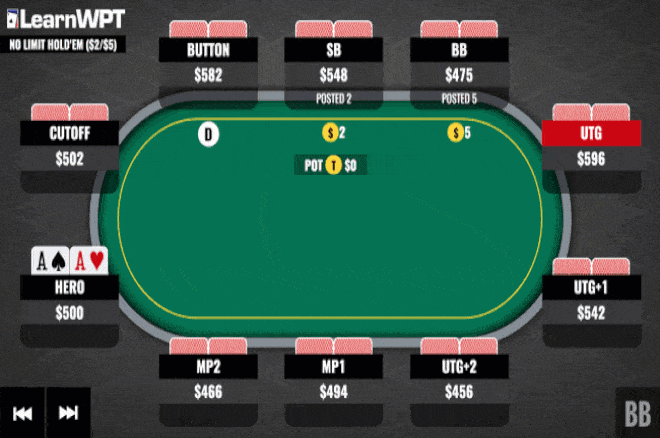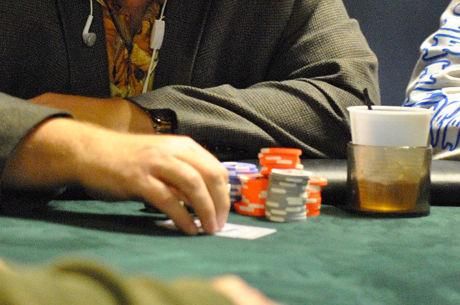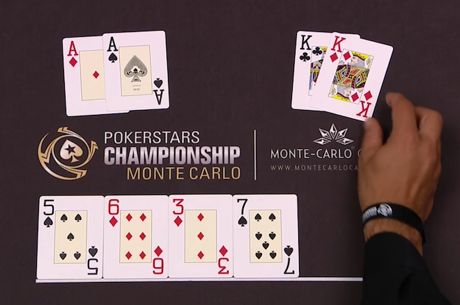Playing Pocket Aces Versus a Check-Raise on the Flop

DECISION POINT: In a $2/$5 no-limit hold'em cash game, a player sitting UTG+2 calls, and you raise from the hijack seat with A?A?. It folds back around to the limper who calls your raise, then the flop comes 2?6?9?. Your opponent checks, you bet, then your opponent check-raises. The action is on you...
PRO ANSWER: After raising preflop and successfully isolating the limper, our continuation bet on the flop is check-raised by our lone opponent.
Flop check-raises generally represent stronger hand ranges and you should be prepared to fold many one-pair hands against them. However, when determining your hand's relative strength, you must take into account several other postflop factors.
In this hand, we are heads-up, in position, and on a dry flop with less than 100 big blinds in the stacks. All of these factors are favorable for the strength of one-pair hands. In addition, we have the strongest possible one-pair hand �� pocket aces.
If the flop were multi-way, more coordinated, or the stacks were deeper, folding may be an option. In this hand we should continue with A?A?. Since we will fold out many worse hands than ours if we reraise and there are no real turn scare cards that can come, calling the check-raise is superior to reraising.
We should call and continue to call down as necessary to get to showdown in this hand.
Calling is the best play.
LearnWPT is a poker training site dedicated to transforming the poker games of rank beginners, skilled amateurs, and aspiring professionals. Offering both Live Workshops and Online Training, is a one-stop shop for poker education, designed to provide all the tools a player needs to become a winner. Visit LearnWPT.com today and get 2 Free Strategy Episodes that will immediately impact how you play. LearnWPT.com - Think Like a Pro!









